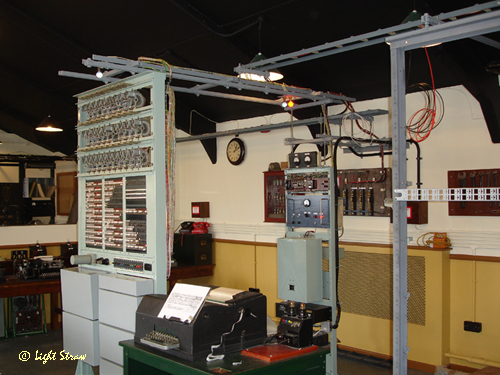 |
The Tunny Gallery was officially opened on 26th May 2011. |
Introduction
The new gallery gives an authentic look and feel as to how the equipment would have worked in an operational setting.
The Tunny Gallery, along with the Colossus Gallery, shows the entire World War II code-breaking process of the Lorenz-encrypted messages (known as Tunny in the UK) from signal intercept at the Knockholt receiving station in Kent to the production of the final decrypts on Tunny machines in Bletchley Park.
Overview
As described in videos by John Whetter
One of the German point-to-point (encrypted) radio links between Athens and Vienna used 5 character teleprinter code. This message link was nick-named 'Tunny' by the British interception Y-Station at Knockholt in Kent.
The received signal was fed into an undulator (pen recorder). The printed output was then typed by a Wren, letter by letter, onto a teleprinter which produced a standard paper tape, which in turn could be read by Heath Robinson (or later Colossus).
The Tunny machine mimics the workings of a German Lorenz from which the encrypted messages were generated. The steps in code breaking were:
|
| Radio Intercept Station | |
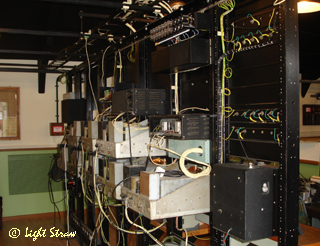 |
The Radio Intercept Station (with teleprinters) demonstates how the signals would have been received. |
| Tunny Rebuild | |
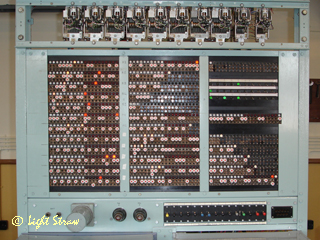 |
After many years wait, the Tunny Rebuild was completed in 2011, and now forms a unique part of the Gallery display, and tells a vital part of the code-breaking story. |
| Heath Robinson | |
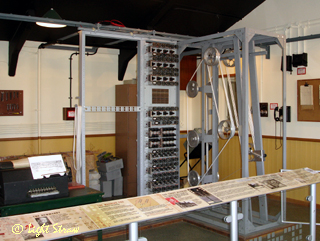 |
In June 1943 the 'Heath Robinson' was the first computer used in the breaking of the Lorenz codes. It was soon developed into the much more powerful Colossus. |
| Photo Gallery | |
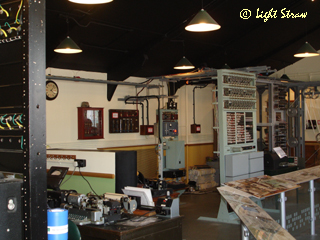 |
A series of photos of all machines in the Tunny Gallery display. |
All logos and trade marks are the property of their respective owners and are used on the Light Straw site(s) for review only. Students and researchers are recommended to make their own independent enquiries as to the accuracy of the information contained therein.